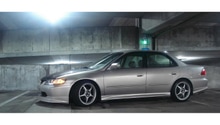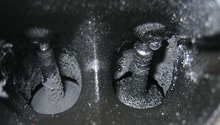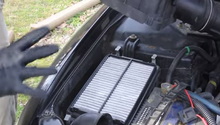Honda Accord: General Information and Maintenance Schedule
This maintenance guide will help you extract the most mileage out of your Honda Accord by keeping it in tiptop shape. Catching minor problems before they become major ones will save you time, money, and headaches down the road.
This article applies to the Honda Accord (1990-2002).
Proper maintenance is the key to extracting the best performance and lifespan of any car, including the Honda Accord. Even though Accords are legendary for their reliability, this doesn't mean that you can simply ignore routine maintenance that must be performed. Following a maintenance schedule will not only extend the life of your Accord, but it will also save you a ton of money in the long run and lead to a better resale value. Honda recommends that maintenance be performed generally every 7,500 miles or 12 months, depending on how the car is driven. Always look to the owner's manual if you have a question about your model's maintenance schedule.
Engine Oil and Filter

Changing your oil and oil filter is one of the most important maintenance procedures on any car. For the Accord, Honda recommends changing your oil every 7,500 miles or 12 months under normal driving conditions. A clogged oil filter can reduce engine performance and fuel economy, which can cause a breakdown. Blue smoke emitting from the tailpipe indicates that oil is leaking into the fuel injectors. Changing your oil per the recommended schedule can ensure that you catch potential problems before they turn into the major ones, such as a complete breakdown of the engine. Oil and filter changes are also quite affordable, running between $30 to $50.
Spark Plugs

Honda recommends that spark plugs be changed every 30,000 miles or 24 months for older models. You car's engine depends on spark plugs (both to start and to move), as plugs ignite the air and gas mixture inside. The lifespan of spark plugs can vary greatly depending on which ones you buy, so follow manufacturer's recommendations and be sure inspect them regularly. Some signs of bad spark plugs can include misfiring, bad fuel economy, loss of power, a rough idle, a car that won't start, or surging. The cost of replacement can range from $100 to $200 depending on the brand you buy and whether you choose to DIY or have it done at a dealership.
Timing Belt

Honda recommends the timing belts be replaced every 105,000 miles or 84 months. They are easy to inspect by simply looking for cracks or listening for a high pitched sound when the engine is at idle or has just started. Hotter and colder climates can significantly reduce the lifespan of a timing belt, but the cost of replacement is only around $100. It's a small price to pay when you consider the significant engine damage that can occur if it's left to fail.
Brake Fluid
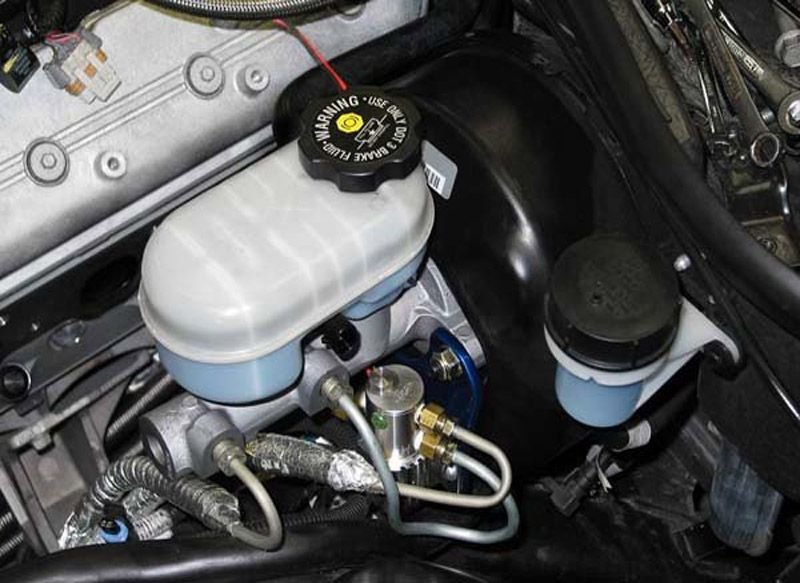
Honda recommends replacing brake fluid every 45,000 miles or every 6 months. Brake fluid plays an important role in your car's braking system because it lubricates moving parts to prevent corrosion, and it also transfers the force from a depressed brake pedal to the wheel hub in order to slow down the car. If your brake fluid is brownish in color or has loose particles in it, it needs to be changed. If your Honda takes longer than usual to stop, this may also be an indication of a problem with either the fluid, or the presence of air in the braking system.
Tires
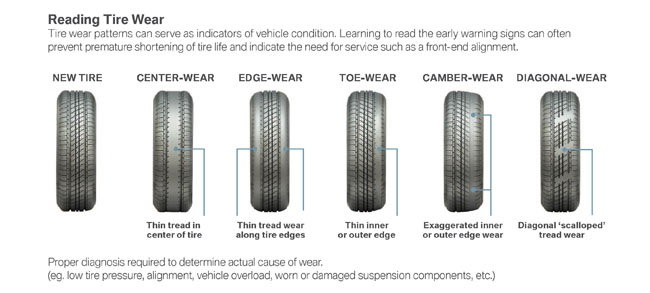
Honda recommends checking your tires for proper inflation and condition at least once per month. In hotter climates, colder climates, or if you drive under more harsh conditions, you may need to check them more frequently. It is also recommended that tires be rotated every 7,500 miles, which prevents uneven wear and an increase in their lifespan. Poorly inflated tires can lead to uneven wear as well, which can then lead to vibration and a rough ride.
Engine Air Filter

Air filters should be replaced every 30,000 miles or 24 months per Honda's recommendations; if you drive in severe conditions, every 15,000 miles or 12 months. Air filters prevent dirt and other particles from entering an engine, causing major damage. Clogged filters can lead to a loss in power, poor gas mileage, and a rough idle. Replacing an air filter is cheap and easy to do, so there is little incentive to neglect this little bit of maintenance.
Power Steering Fluid

Power steering fluid should be inspected every year or 20,000 miles and replaced every 30,000 miles. Like brake fluid, air in the power steering system can cause the steering wheel to whine during turning. Neglecting to maintain clean fluid can lead to leaks and the premature wear of other components. For only a few bucks and a few minutes of your time, you can avoid some big trouble down the road.
Fuel Filter
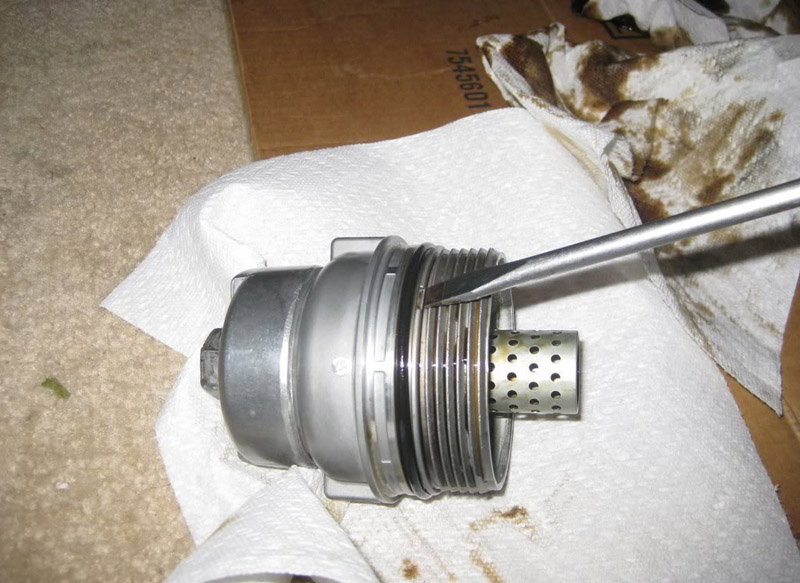
Fuel filters should typically be replaced every 30,000 miles. Much like an air or oil filter, the fuel filter prevents contaminants from entering your engine and controls the flow of fuel that travel to it. A drop in performance and fuel economy, or problems starting the engine can be signs of a clogged fuel filter. Unlike an oil or air filter, replacing a fuel filter can be difficult and is often a job left to the pros. This kind of job can cost upwards of $150.
Related Discussions
- FAQ: Maintenance Cchedules - Honda-Tech.com
- Honda Accord Maintenance - Honda-Tech.com


